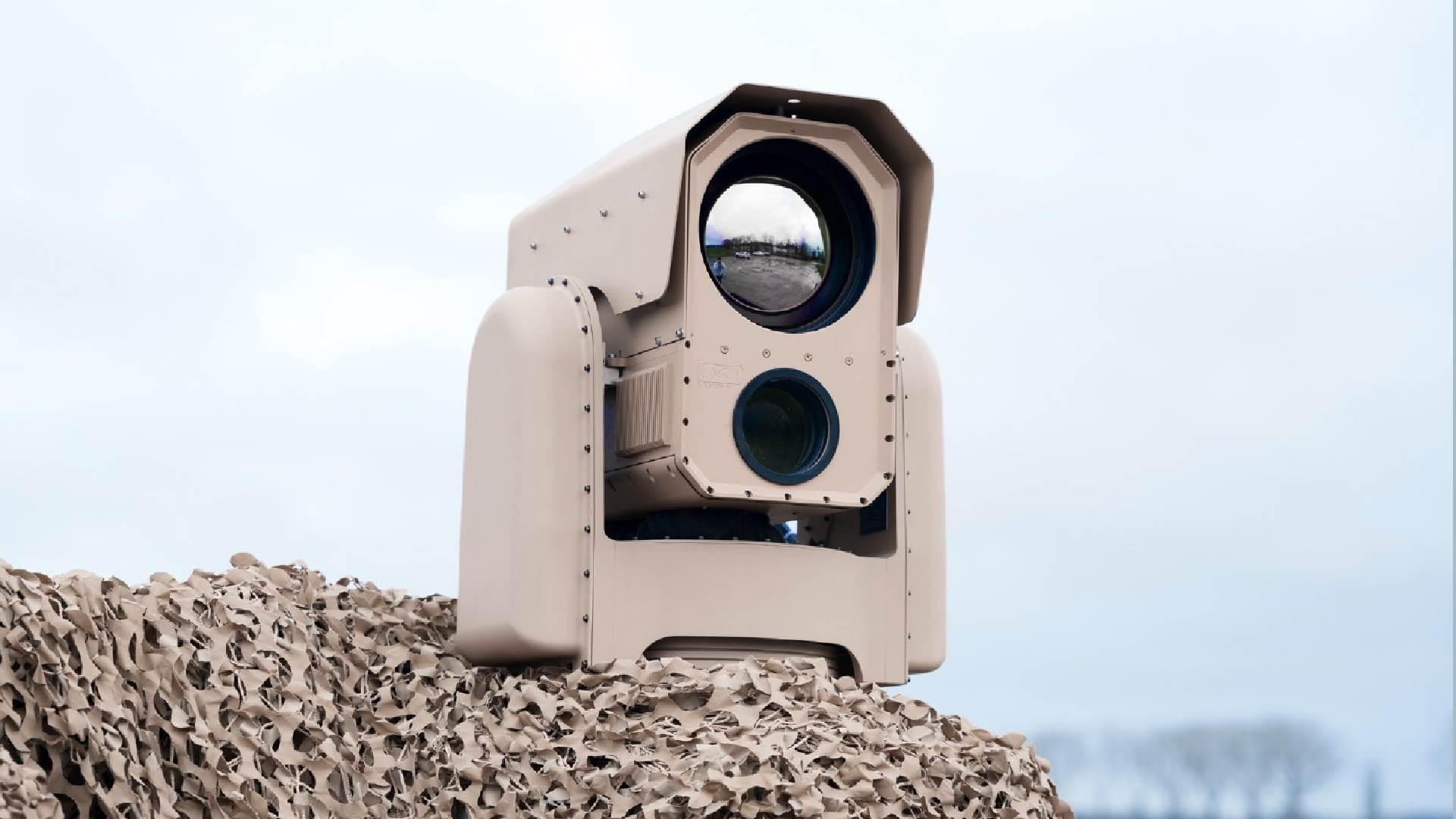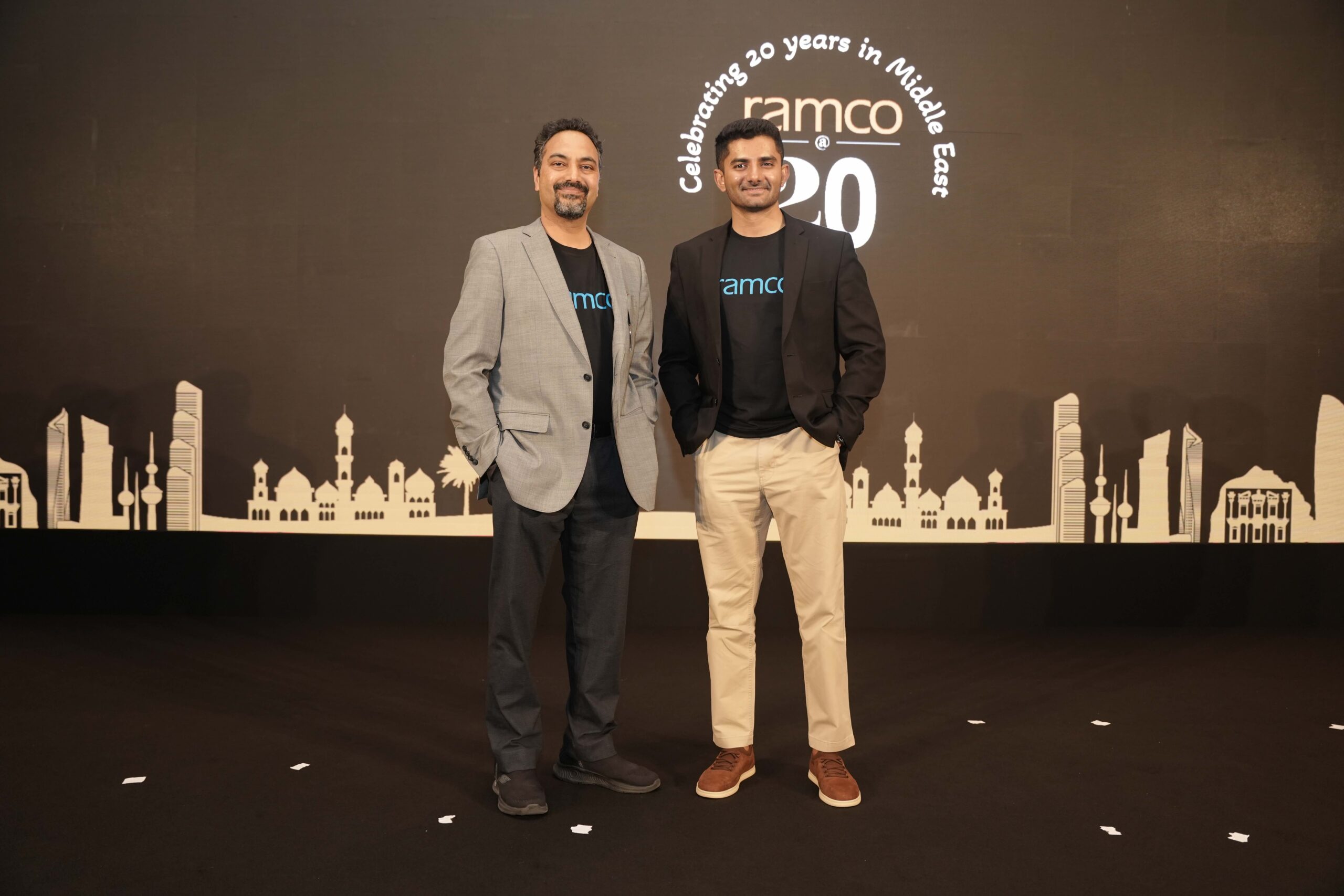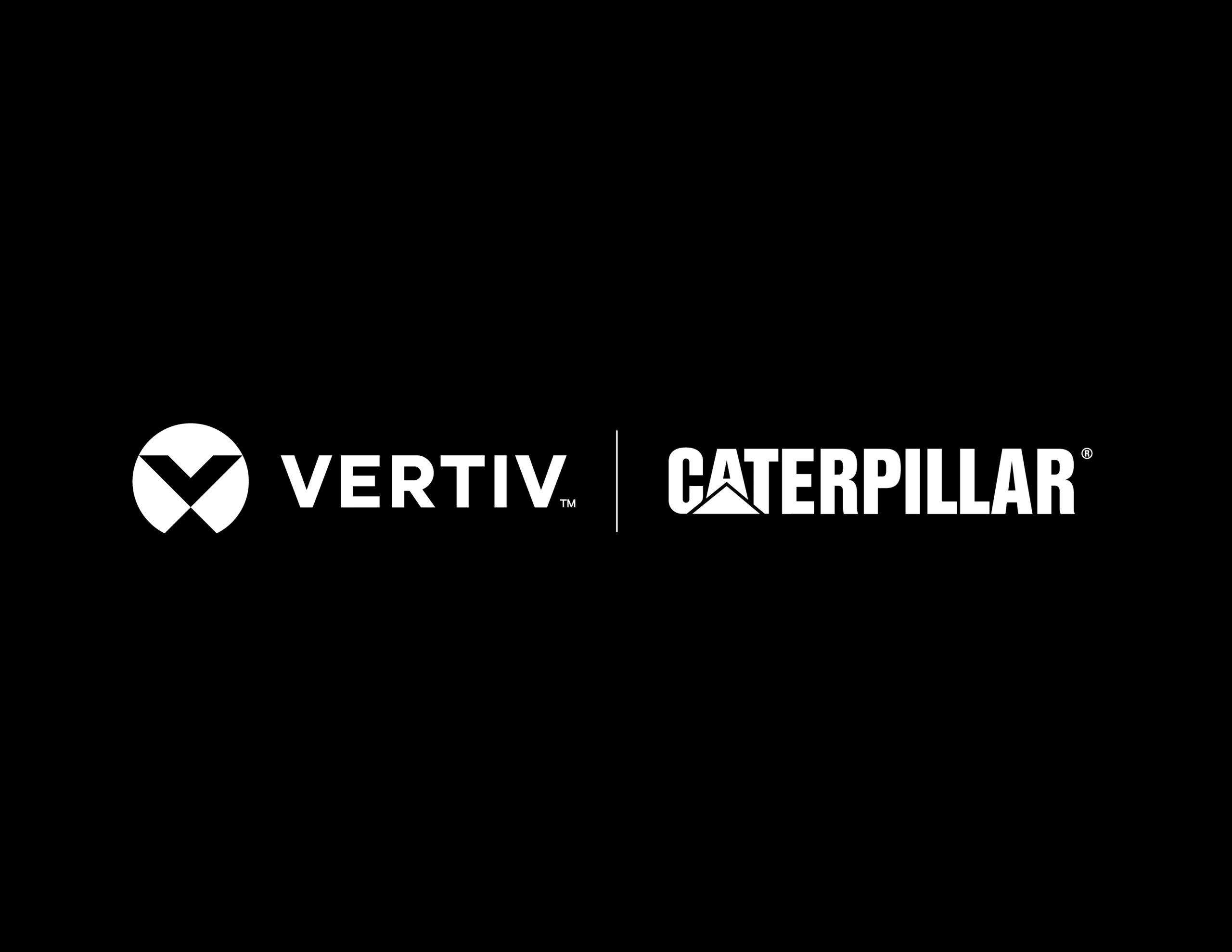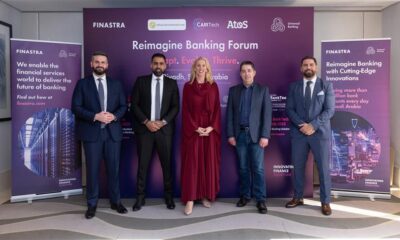Tech News
Nothing Raises $200M Series C to Power the Next Phase of Consumer AI

Today, we’re announcing new funding––USD $200M in our Series C round at a USD $1.3B valuation. This milestone marks the start of our next phase: From being the only independent smartphone company to emerge in the last decade, towards building an AI-native platform in which hardware and software converge into a single intelligent system.

Building the foundations for the future
When we started Nothing, we had a thesis that if we could build a smartphone business at scale and own the last-mile distribution point in consumer tech, we would be well-positioned for the next technology shift. Although we didn’t know what that would look like at the time, the opportunity is now crystal clear.
From the start, we knew that the foundation had to be an end-to-end value chain
capable of delivering products at speed, scale, and quality. As we’ve seen from many others that have tried, building a hardware company is hard. There are many potential failure points and almost no room for error. For us, it required assembling a team that balanced a pragmatic approach of rapidly launching products, with an innovative mindset to deliver experiences that our community would immediately love.
Today, the foundations are firmly in place. From award-winning design, to our global manufacturing and supply chain network built for quality and cost. In four years, we have shipped millions of devices, began 2025 crossing $1B+ in total sales, while growing 150% in 2024.
Building this infrastructure has been the hardest and most valuable thing we’ve done so far. With the support of our community, we’re fortunate to have made it here. Today, we’re in a position that will be very hard to copy: The ability to launch any consumer hardware product from start to finish within months, go-to-market operations that can ship and service worldwide, a global user community that co-creates with us, all without the innovator’s dilemma or bureaucratic constraints that the incumbents face. On to chapter 2.
Operating systems, evolved
In the last 18 years, the smartphone became ubiquitous. It is the primary personal computing tool to manage the countless tasks of daily life. Beyond its distribution scale, what makes the smartphone the most powerful consumer device in the market is its unmatched access to contextual information and user knowledge. For this reason, I believe the smartphone will remain one of the most important devices in the AI era.
On the other hand, while AI has made revolutionary progress in the last three years, the smartphone experience has barely evolved. Most of the innovation has been underwhelming, limited to incremental improvements in photo editing, translations, and assistant features that barely work.
For AI to reach its full potential, consumer hardware must reinvent itself alongside it. This is the opportunity we see for Nothing. We see a future where operating systems are significantly different from the ones today. Each system will know its user deeply, and be hyper-personalised to each individual. Interfaces will adapt to our context and needs. Suggestions will surface naturally, and once we confirm an intent, agents will execute on our behalf. The system will handle the non-essential for us, allowing us to focus on what truly matters, which will be different for every person. Unlike today’s one-size-fits-all solution, a billion different operating systems will be rendered for a billion different people.
Over time, this OS will be transversal across all form factors: We’re starting with smartphones, audio products and smart watches, devices that people already use every day. In the future, our OS will carry into smart glasses, humanoid robots, EVs, and whatever comes next.
Why we are uniquely-positioned to create this future: Owning the last-mile distribution point with all its contextual and user knowledge is essential to developing an OS that will help people in their daily lives. An AI OS that doesn’t know its user and isn’t ever-present can’t deliver a hyper-personalised experience. This is the next chapter for Nothing, integrating an AI experience into our hardware devices to reinvent how technology amplifies us.
The next billion unit scale product
In the near-term, we believe that the smartphone will remain the only device shipping at billion-unit scale each year. But soon, we’ll all be carrying an additional device that will be just as important. In the coming years, we’ll learn that the more context we can feed our AI, the more useful it becomes. The smartphone, while powerful, can’t always be there for us. Sometimes it’s in our pocket, or we might be on the move with our hands full.
A new class of AI-native devices will emerge. Products that are available to the user at the moment of need, paired with intelligence that turns understanding into action. This is a very exciting time, imagining devices that capture context across modalities and generate interfaces on demand, shaped by what the user is trying to accomplish.
We have been hard at work imagining what this future could look like, and can’t wait to launch some of our first AI-native devices next year.
Our Series C capital raise
This funding round allows us to execute on this vision by accelerating our innovation roadmap and further scaling our distribution. Our round was led by Tiger Global, with significant support from existing shareholders GV, Highland Europe, EQT, Latitude, I2BF, and Tapestry, alongside new strategic backing from Nikhil Kamath and Qualcomm Ventures.
Alongside this Series C, we’re also preparing to launch our next Community round giving our supporters another opportunity to become part of Nothing’s journey. More details will be shared soon.
As we continue our journey, we do so with huge gratitude to our community, our team, and our partners. This next chapter is only possible because of you.
Carl, CEO and Co-founder of Nothing
Tech News
ATERMES and IEC secure Landmark Contract to Deploy AI-Powered Bird Repelling System at Lahore Airport

ATERMES, a French leader in advanced surveillance and security solutions, announces in partnership with The Imperial Electric Company (IEC), the award of a major contract by the Pakistan Airports Authority (PAA) for the deployment of a state-of-the-art Bird Repelling System (BRS) at Lahore International Airport.
This milestone project represents a first-of-its-kind integrated solution combining SURICATE, ATERMES’ advanced AI-enabled multi-sensor surveillance system, with acoustic and laser deterrence technologies. The system delivers a fully automated, intelligent, and environmentally friendly approach to mitigating bird-strike risks; one of aviation’s most persistent safety challenges.
The SURICATE system, developed by ATERMES in France, brings together cutting-edge optronics, embedded AI, and edge computing to continuously monitor airfields, identify potential avian threats in real time, and automatically activate deterrence mechanisms.
Once a bird threat is detected by the system’s deep-learning algorithms, SURICATE autonomously triggers the surrounding acoustic and laser repellers, driving the birds away from critical flight zones such as runways and taxiways.
This unique synergy between AI-based detection and automated multi-modal deterrence marks a turning point in airport security and environmental protection. Unlike traditional manual or time-based repelling systems, the BRS for Lahore Airport operates only when necessary, optimizing energy use and minimizing disturbance to the surrounding ecosystem.
Lionel Thomas, Chairman of ATERMES, stated: “This project is not just about technology; it’s about redefining how airports ensure safety through intelligence. By merging AI, optics, and deterrence, we’re transforming bird control into a predictive, autonomous, and eco-responsible process.”
Sajid Jamal, Executive Director of The Imperial Electric Company, added: “Our partnership with ATERMES reflects Pakistan’s growing commitment to embracing advanced, AI-driven safety systems. Lahore will become the first airport in the region equipped with such an integrated and intelligent Bird Repelling System.”
The project underscores a strong collaboration between France and Pakistan in technological innovation. ATERMES will provide the detection and control systems, while IEC, a key player in Pakistan’s engineering and infrastructure sectors, will oversee integration, installation, and local support. Together, they will ensure the delivery of a robust, scalable, and sustainable system that sets a benchmark for other international airports in the region.
Tech News
Ramco Systems Celebrates 20 Years in the Middle East, Unveils Vision for the Future at Milestone Event

Doubles down on AI-native applications and localized innovation to shape enterprise technology in the region
Ramco Systems, aglobal enterprise software company offering next-generation SaaS-enabled platforms and products, celebrated two decades of powering enterprise transformation in the Middle East. To mark this milestone, Ramco hosted Ramco@20 – Experience That Matters, a full-day event in Dubai designed to showcase its regional journey, highlight cutting-edge innovations, and bring customers and industry leaders together for forward-looking discussions.
The first half of Ramco@20 convened senior HR and payroll leaders from across the region for a thought leadership forum on the future of employee experience. Industry leaders discussed how enterprises in the Middle East are moving beyond traditional HR process optimization toward more intelligent, intuitive, and employee-centric models of workforce management. Conversations explored balancing automation with empathy, using AI thoughtfully, and elevating payroll as a trust-building touchpoint.
The second half welcomed a large gathering of customers across business units – Global Payroll, Aviation MRO, ERP, Services Resource Planning and Logistics – along with partners, and industry influencers, for a celebration honouring the relationships that have defined Ramco’s two-decade journey. Ramco’s leadership unveiled its technology vision: shifting from Systems of Record to Systems of Intelligence through AI-native applications, agentic workflows, and conversational UX. The leadership’s address also emphasized its investments in platform modernization and localized initiatives, while outlining a roadmap to further strengthen Ramco’s focus for the next 20 years.
Abinav Raja, Managing Director, Ramco Systems, said, “The Middle East has been a cornerstone of Ramco’s growth story for two decades and has shaped our thinking in profound ways. The region’s appetite for transformation has inspired us to design solutions that combine global best practices with local relevance. This milestone is built on the trust and partnership of our customers, and our commitment is clear: double down on AI-native, API-first applications that incorporate special features aligned with the region, platform modernization, and customer-centricity. We are shaping the future of enterprise technology with solutions enabling businesses to focus on what truly matters: growth and people.”
Sandesh Bilagi, Chief Operating Officer, Ramco Systems, said, “Our presence in the Middle East has been built on strong partnerships and a commitment to delivering outcomes. This region is not merely a market for us, but also a proving ground for ideas that redefine global enterprise technology. The presence of all our business units in this region makes the Middle East a key pillar and reflects the confidence our customers have placed in us for twenty years.“
“Our investments in agentic AI, conversational UX, and platform innovation are designed to deliver enterprise applications that are intuitive, secure, scalable and integrate regional nuances,” Bilagi added. “We also focus on customer-focused initiatives like local deployment and training because every digital journey is, at its core, a human journey. The region is setting global benchmarks, and we are proud partners of the next era of enterprise innovation.”
Over the past two decades, Ramco has partnered with leading enterprises across the region, enabling digital transformation through innovative solutions. Its work in the Middle East has been shaped by sectors and functions that demand precision at scale – payroll, aviation, manufacturing, conglomerates, trading, infrastructure, professional services and logistics – giving Ramco an execution depth that continues to define its competitiveness in the region.
Tech News
Vertiv and Caterpillar announce Energy Optimization Collaboration to Expand End-to-End Power and Cooling Offerings for AI Data Centers

Vertiv, a global leader in critical digital infrastructure, and Caterpillar Inc. (NYSE: CAT), a global leader in power systems, today announced the signing of a strategic undertaking to collaborate on advanced energy optimization solutions for data centers. This initiative will integrate Vertiv’s power distribution and cooling portfolio with Caterpillar’s, and its subsidiary Solar Turbines’, product and expertise in power generation and CCHP (Combined Cooling, Heat and Power) to deliver pre-designed architectures that simplify deployment, accelerate time-to-power and optimize performance for data center operations.
A Powerful Collaboration:
This collaboration directly addresses the growing demand for on-site energy solutions that deliver reliable power and cooling. Together, the companies are able to offer a fully integrated solution with validated interfaces and performance, enabling customers to accelerate design, installation and deployment.
- Caterpillar and Solar Turbines will supply power generation solutions, such as natural gas turbines and reciprocating engines, to deliver dependable, scalable electric power and thermal energy for CCHP.
- Vertiv will provide a complete portfolio of power and cooling solutions and services, packaged as modular, pre-designed blocks, to shorten design cycles and standardize deployment.
The Customer Advantages:
- Accelerates Time-to-Power – by utilizing predesigned, modular reference architectures to speed up deployment time.
- Lowers PUE (Power Usage Effectiveness) – enables improved energy efficiency and carbon footprint because the system is optimized end-to-end: power, cooling, distribution and dynamic load management, compared to traditional design.
- Global lifecycle support – the offering is backed by the trusted, global service and support networks of both Vertiv and Caterpillar.
“This collaboration with Caterpillar and Solar Turbines is a cornerstone of our Bring Your Own Power & Cooling (BYOP&C) strategy and aligns seamlessly with our grid-to-chip framework by offering resilient, on-site power generation solutions. This is optimal for customers looking to reduce or eliminate grid dependence,” said Gio Albertazzi, CEO, at Vertiv. “By combining our complementary technologies, portfolios and expertise, we are enabling coordinated integration. Our pre-engineered, interoperability-tested building blocks let customers execute design, build and deploy concurrently, with predictable system performance.”
“As AI-driven workloads continue to accelerate, the demand for robust and scalable power infrastructure and cooling is becoming increasingly critical,” said Jason Kaiser, group president of Caterpillar Power & Energy. “Our collaboration with Vertiv will enable us to deliver integrated, on-site energy solutions that lower PUE and meet customers’ evolving needs.”
This initiative directly addresses the growing demand for on-site energy solutions and offers a coordinated, customer-first approach to solution design and implementation. The Vertiv and Caterpillar Memorandum of Understanding (MOU) represents a pivotal step in further refining this ecosystem, enabling customers to overcome energy constraints and deploy optimized AI centers.
-

 Tech News1 year ago
Tech News1 year agoDenodo Bolsters Executive Team by Hiring Christophe Culine as its Chief Revenue Officer
-

 VAR8 months ago
VAR8 months agoMicrosoft Launches New Surface Copilot+ PCs for Business
-

 Tech Interviews2 years ago
Tech Interviews2 years agoNavigating the Cybersecurity Landscape in Hybrid Work Environments
-

 Tech News5 months ago
Tech News5 months agoNothing Launches flagship Nothing Phone (3) and Headphone (1) in theme with the Iconic Museum of the Future in Dubai
-

 Tech News2 years ago
Tech News2 years agoBrighton College Abu Dhabi and Brighton College Al Ain Donate 954 IT Devices in Support of ‘Donate Your Own Device’ Campaign
-

 Editorial1 year ago
Editorial1 year agoCelebrating UAE National Day: A Legacy of Leadership and Technological Innovation
-

 VAR1 year ago
VAR1 year agoSamsung Galaxy Z Fold6 vs Google Pixel 9 Pro Fold: Clash Of The Folding Phenoms
-

 Cover Story9 months ago
Cover Story9 months agoUnifonic Leading the Future of AI-Driven Customer Engagement
























